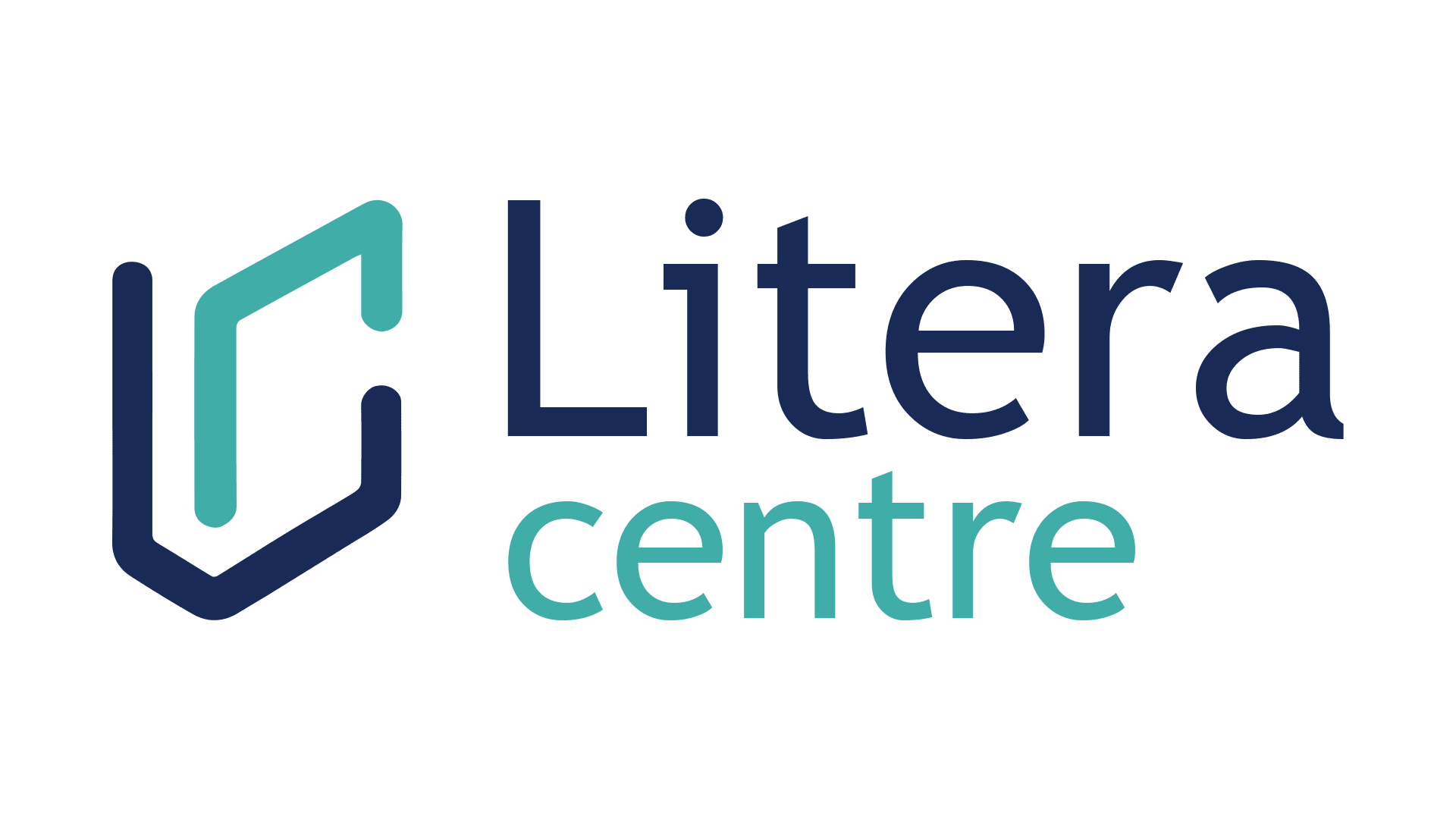The academic landscape is ever-evolving, and so are standardized tests. One such evolution is the introduction of DSAT Reading and Writing sections – a fresh question type that’s making waves in it.
But do not worry, we’re here to guide you through it with ease and excitement.
In this blog, we’ll explore everything about the reading and writing section of DSAT, providing you with expert strategies to tackle both sections like a pro. We want you to say goodbye to uncertainty and hello to newfound confidence.
So, are you all ready to ace your exams effortlessly?
Understanding DSAT Reading and Writing Module:

The Reading & Writing Module is a crucial section of exams like the SAT, which evaluates your ability to comprehend, analyze, and interpret written texts effectively.
Let’s start exploring what the reading and writing module now looks like in digital SAT.
i) Composition of Questions:
The SAT has undergone some significant changes that will make the process a lot more streamlined and efficient. While the digital version of the test has brought in some similarities with the traditional paper test, it has also introduced exciting modifications that will impact the way you prepare.
You now do not have to worry about most of the question types and concepts that were once part of the paper SAT.
The digital exam has omitted a number of elements, such as homophones, idioms, and frequently confused vocabulary, like the notorious “effect v. affect.” Additionally, historical documents will no longer be tested, providing a fresh perspective on the exam content.
The new digital format also eliminates redundancy and concision questions, sentence placement challenges, and pronoun ambiguity exercises. Furthermore, you won’t find questions requiring parallelism within lists, combining sentences, or paired questions that involve identifying supporting textual evidence. Additionally, the traditional two-part answers regarding keeping, deleting, or adding sentences are no longer in play.
Gone are the days of memorizing numerous rules and strategies. With fewer concepts to tackle, you can dedicate more time to mastering the remaining content and ensuring your success on exam day.
ii) Streamlined Grammar:
The digital SAT brings a more streamlined approach to the Reading and Writing (RW) section, introducing a revised set of grammar-related concepts. After cataloging 324 new RW test questions from the latest practice tests, it’s evident that 80 of them center around grammar. Let’s delve into the breakdown of the grammatical concepts that the Digital SAT now tests:
As the digital SAT is still relatively new, drawing conclusions solely based on the four practice exams might be premature. However, this breakdown provides strong indications of the concepts that are more significant or less emphasized in the new test.
If you aspire to enhance your RW score, it’s essential to start by mastering the rules governing punctuation and verbs. These two areas make up the majority of grammar questions. Once you’ve laid a strong foundation with these fundamental concepts, you can then focus on refining your skills in more intricate areas, such as modifiers, parallelism, and mood.
iii) Changes in Passage & Question Paper Format:
The new format of the SAT promises a more manageable experience, revolutionizing the way students approach the Evidence-Based Reading (EBR) section. Unlike its notorious paper-based counterpart, the digital SAT introduces significant alterations that reshape the test-taking endurance and focus required.
One notable change is the reduction in length, but don’t let that fool you. While the digital SAT is shorter, it challenges your endurance in a different manner. It achieves this by featuring six times as many passages to read. Each question is tied to a distinct passage, necessitating a constant reset of your focus and context with every new question. This new format may work in favor of some readers, capitalizing on their strengths, but for others, it can lead to a different kind of mental fatigue due to the increased number of passages to navigate.
However, arguably the most substantial shift lies in how questions are organized. In the paper-based test, multiple question types of varying difficulty levels are interspersed unpredictably throughout the sections.
In contrast, the digital SAT’s RW section adopts a more structured approach, grouping questions first by type and then by difficulty level. This transformation results in a significantly more predictable section, providing test-takers with a clearer path to navigate through the questions.
If you still find it difficult to understand the new changes in DSAT, get in touch with Litera Centre now!

Why Choose Litera Centre for SAT Test Prep?
- The best and the most experienced faculty for the SAT test prep
- The most effective content for score improvement
- Simplified teaching methodology to maximize your speed and accuracy
- Regular progress tracking and discussion to strengthen your weak areas
- Personalized attention through Unlimited Doubt Sessions
Best Approaches for DSAT Reading Section Questions:

Here are the right techniques to crack the new question type in the DSAT reading section:
i) Know the Layout:
Prepare for the Reading section by understanding what awaits you. Within 65 minutes, you’ll encounter five passages covering literature, history, social studies, and natural sciences. Your task is to tackle 52 questions that vary from word meaning in context to identifying the main idea, comparing passages, and interpreting graph data.
ii) Order Matters:
Take charge of your test-taking experience by choosing your own question order. The questions are not arranged by difficulty, but they do follow the chronological order of the passages. You can skip challenging questions and remember that you don’t need to answer every single one. Familiarize yourself with SAT strategies for working through questions out of order.
iii) Strategic Reading:
Avoid getting bogged down by trying to grasp every single detail in the passage. Instead, focus on what you need to answer the questions. Move back and forth between the passage and questions efficiently, using the passage as your resource rather than attempting to become an expert on the subject matter.
iv) Stay Objective:
Unlike English class discussions that encourage personal opinions, the DSAT demands objective answers based on evidence from the text. Be cautious when faced with questions containing words like infer, imply, or suggest. The correct answer may not be explicitly stated, but the supporting evidence will lead you to the right choice.
v) Tackle Dual Passages Methodically:
Dual passages, usually in science or history/social studies, consist of two shorter texts on one topic. Approach these passages methodically by addressing questions about the first passage first, then the second passage, and finally questions relating to both passages. This approach saves time and helps avoid confusion between the two passages when considering answer choices.
vi) Save Main Idea Questions:
Prioritize main idea questions after addressing other questions in the passage. Since the first question often revolves around the main idea, purpose, narrative point of view, or shifts in the passage, it is best to hold off until you’ve tackled most of the other questions. This way, you’ll have a clearer grasp of the overall themes in the text.
Best Approaches for DSAT Writing Section Questions:

Now that you know the right tricks to ace the DSAT reading section, let’s learn how to crack the DSAT writing section as well:
i) Efficient Reading and Answering:
With a limited 35 minutes to answer 44 questions, it’s crucial to read and answer simultaneously. Quickly skim through the passage to grasp the style and main idea. Focus more on the underlined segments, which are connected to the questions. Once you’ve determined the answer, select the option and move on promptly.
ii) Keep it Relevant and Concise:
After eliminating answer choices based on grammar and logic, aim to select options that maintain relevance and conciseness. Avoid choices that make the passage wordy or go off-topic. Look for concise and directly relevant answers to improve your chances of accuracy.
iii) Master Punctuation Rules:
Pay close attention to questions testing specific punctuation rules, such as commas, semicolons, colons, and dashes. While apostrophes are tested less frequently, be prepared for them as well. Focus on the specific rules and points of usage that the SAT often tests.
iv) Identify Relationships Between Sentences:
Some questions may require you to establish the correct relationship between sentences or paragraphs. Three common types of transitions are addition, contrast, and cause and effect. Learn to recognize words and phrases that indicate these relationships to select the appropriate transitions.
v) Tackle Longer Questions Last:
Save longer questions that involve placement, addition, or deletion of sentences for the end. These questions often require a comprehensive understanding of the passage, so it’s better to approach them after going through the entire text.
vi) Apply the Process of Elimination:
When you are unsure about the answer, use the process of elimination. Identify errors in the answer choices one by one and eliminate the incorrect ones. The option left with no errors will likely be the correct answer. Keep in mind that “No Change” may also be a valid answer, but it’s relatively rare and usually limited to a few questions in the Writing section.
Bottom Line:
In conclusion, the changes in the Digital SAT (DSAT) reading and writing section may seem daunting at first, but with the aforementioned strategies and preparation, you can confidently navigate through the updated format.
As you prepare for the DSAT, it’s essential to remember that practice makes perfect. Regularly engaging with sample questions, utilizing study resources, and seeking guidance from experienced educators can significantly enhance one’s readiness for the exam.
Also, do not forget to visit Litera Centre for expert guidance at feasible rates. At Litera Centre, you will get everything you need to ace your DSAT examination.




